Joseph Ellerby worked for J. Bradshaw and Sons and enjoyed his time as a commercial lorry driver. The Bradshaw depot was based in Sturton-By-Stow and is still based in the village today. Joseph drove thousands of miles in his working life and he took a range of amazing photographs of the different types of deliveries and loads he collected from different factories to drive to their final destinations. One of the many places where Joseph collected many different loads from was the Marshall factory in Gainsborough.
Listen to the clips below to find out more about a typical day in Joseph’s working life at Bradshaw’s:
Bradshaw’s, 1901
Bradshaw’s was founded in 1885 when Mr John Bradshaw started in business as an engineer and agricultural contractor based in the small village of Bransby near Sturton-By-Stow. With a portable horse-drawn threshing machine he carried out farm contract work around the local area. Within two years he had started haulage work using steam engines and it was in 1894 on moving into premises at Sturton By Stow when he began to expand this side of the business further.
Owston House in Sturton was purchased together with adjoining land and the business began to grow. By 1914 Mr Bradshaw started to operate steam threshing engines and steam ploughing engines. During the war years work was plentiful but by the 1920s business had begun to slow down. Mr Bradshaw began to realise the importance and potential of the up and coming petrol vehicles and so he purchased several of these to run alongside the established steam waggons.
John Bradshaw had five sons – Arthur, William, Charles, Walter and Fred, all of whom joined the firm when they grew up. After their father’s death in 1929, the company was run by Arthur, William and Charles, continuing under the company name of J. Bradshaw and Sons.
The 1920s and 1930s were still difficult times so boiler making and repairs were added to the company’s remit. However, this gradually gave way to a further increase in agricultural contracting and road haulage. By this time it was only Arthur and Charles who were running the business with William moving into farming. The company kept developing and the business continued through the Second World War adding new vehicles to the fleet. After the war the partnership was dissolved which left Charles and his two sons, Harold and Roy, to carry on with the haulage business.
The business was nationalised by the Labour government in 1949 and the premises rented out to the British Road Services. After a change of government in 1951, a Bill was passed to de-nationalise road haulage and Mr Charles Bradshaw once again took control of the Bradshaw road haulage firm in May 1954.
In November 1954 the Bradshaw family expanded the business and bought the British Road Services depot in Wembley Street, Gainsborough. The company then moved and expanded to new premises on Church Street, Willoughby Street and Thornton Street, Gainsborough.
By 1964 the partnership between Charles, Harold and Roy was dissolved and the farm was separated from the haulage side and Roy took over the farm separately. At this time the firm became a limited company with Charles and Harold as the first directors.
Sturton-By-Stow Bradshaw depot site, taken in approximately 1960
The depot sites were developed in the late 1960s and the expanded fleet of vehicles was carrying a much wider selection of goods and products.
Joseph explains how the Bradshaw firm improved its depot site in Sturton-By-Stow:
Joseph recalls just a few of the deliveries that he made with his Bradshaw lorry:
Joseph recalls collecting deliveries with his Bradshaw lorry at the factory of Marshall’s in Gainsborough:
The picture above taken by Joseph on 31 May 1968, was on route to the GPO depot in London with a 350 boiler from Marshall’s of Gainsborough.
On 19 February 1970, the pictures above show Joseph on route with a fully boxed Marshall Boiler 600 and then offloading at London Docks.
The four pictures above show a fully crated Marshall Boiler on route to Liverpool Dock and offloading on the quayside.
Taken on 4 April 1977 the picture above shows a Marshall Boiler TS 500 on route to Grantham.
Taken on 30 January 1963, the photos above show a Marshall and Sons road roller being loaded onto SS River Fisher at Felixstowe Docks with a hammerhead crane after being offloaded from a Bradshaw lorry.
Joseph Ellerby recalled transporting 4 by 4 artillery tractors to a military base in Dukesbury. Research from The Story of the Britannia Ironworks written by Michael Lane stated that in June 1960 the Army took delivery of the first of 20 of what became known as the ‘Gainsborough’ 4-wheel drive military tractor. The idea of developing an all-purpose military tractor started in the 1950s and prototypes were produced by the Daimler Company. Following a change in policy in the B.S.A. Group which then controlled the Daimler Company, the War Office transferred the project to Marshall’s. Several prototypes were produced and extensive field testing took place over a five-year period.
The specification called for a machine as versatile as an earth-mover, able to undertake heavy bulldozing and general earth-moving duties; having an excellent cross-country performance across rough terrain and able to travel at high speed on the road under its own power in convoy with other vehicles. The 4-wheel drive, 4-wheel steering, pneumatic tyred tractor was fitted with the same Leyland 680 6-cylinder diesel engine fitted to the ‘Challenger 3′ crawler tractor. It was fitted with a Leyland fluid-flywheel and a 5-speed pre-selector air operated epicyclic gearbox with high/low ratios and overall reverse control. The drive to the four wheels was through epicyclic hub reduction gears with power-assisted steering optionally available on all four wheels. The draw-bar pull in first gear was 20,000 lb. The hydraulic system was designed by Dowty of Cheltenham, T. T. Boughton of Amersham produced the heavy duty winch and the power-assisted steering was by Self Change Gears Ltd. Unfortunately, four years’ haggling with the War Office ensued before the price was agreed and Marshall’s received payment. The project was a classic example of the volume of production not justifying the development costs involved.
Find out more below about Joseph’s memories of these military tractors:
The streets in Gainsborough especially around the factory of Marshall’s used to be a lot narrower than they are today. Joseph recalls Marshall’s entrance on Beaumont Street and arriving with his vehicle to collect an item for delivery:
The picture above shows a Bradshaw lorry and Marshall 350 boiler.
Recalls in the clip below the last lorry that he drove for Bradshaw’s:
The photo below was shown in an article published in the Heritage Commerical magazine and Joseph explains more in the clip below:
Bradshaw’s had an exciting adventure when in 1980 the drivers including Joseph transported some old standby generators from London, Admiralty House back to the North. Joseph wrote an article in the Heritage Commercials magazine, (October 2006) that the order from Trems of Finningley, near Bawtry followed ‘hours of planning by our office staff who were in constant liaison with the Metropolitan Police to get permission to use the normally prohibitive route. The police wanted details such as the exact timings, how many and what vehicles and drivers would be involved, what were the vehicles’ weight and their estimated weights when loaded etc. Eventually, we were given the all clear and issued with explicit instructions and it was, as they say, game on.’
Joseph continued, ‘When we arrived on site at Admiralty House, a four-wheeled crane with a very short jib was already in position standing by. It was a tight squeeze for us backing into position through the arch and there was only one position where the crane could operate. The crane had to lift the generators, each weighing between five and six tons, up from two floors below ground which meant that its stabilising out-riggers had to be positioned on underground load-bearing walls.
The generators were originally in Admiralty House to provide power for Winston Churchill’s bunker in the event that there was a total loss of mains electricity from outside. The bunker was there to provide the Prime Minister with bombproof accommodation and facilities in order that he could command the war effort from there if required.’
To finish with Joseph explained in his article how when the generators were loaded and chained down, ‘then we were ready to roll in a police-escorted mini-convoy for the first part of our trip out of the metropolis.’
Bradshaw’s transported a range of goods across the country including, Ruston Bucyrus machinery, pontoons, offloading a jet in 1970 at the Newark Air Museum and loading locomotive engines as well as much more.
Many thanks to Joseph Ellerby for sharing his photographs and memories with the Gainsborough Heritage Centre.
References
- Pictures courtesy of Joseph Ellerby.
- 1901 Bradshaw photograph courtesy of Linda Crust.
- Oral History Interview with Joseph Ellerby, (01.03.2019), Gainsborough Heritage Centre Archives.
- Memories of Local Business Life in Sturton-By-Stow: Compiled by Sharron Banham and David Curtis.
- The Story of the Britannia Ironworks written by Michael Lane, p. 155.
- Heritage Commercial magazine article, (October 2006), written by Joseph Ellerby, p. 62 – 63.
If you would like to find out more about the Bradshaw company then please click HERE

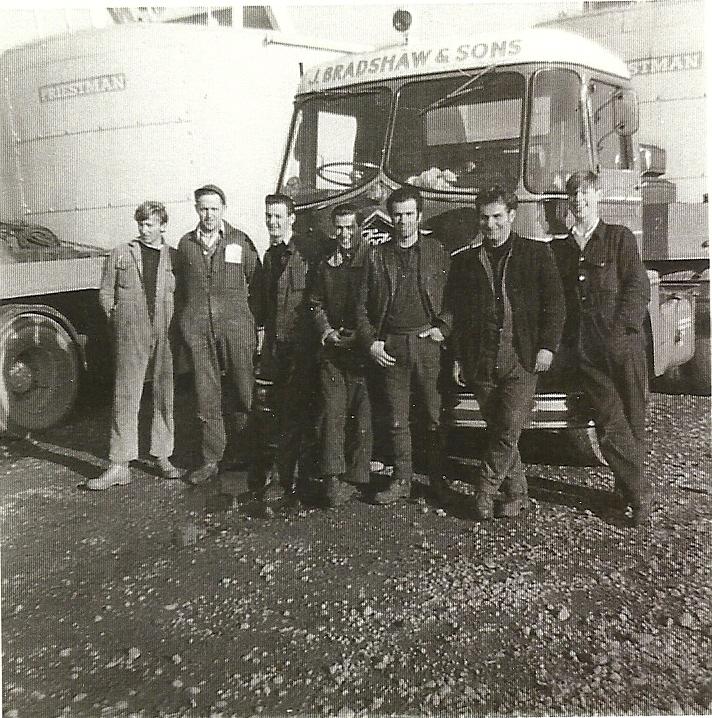
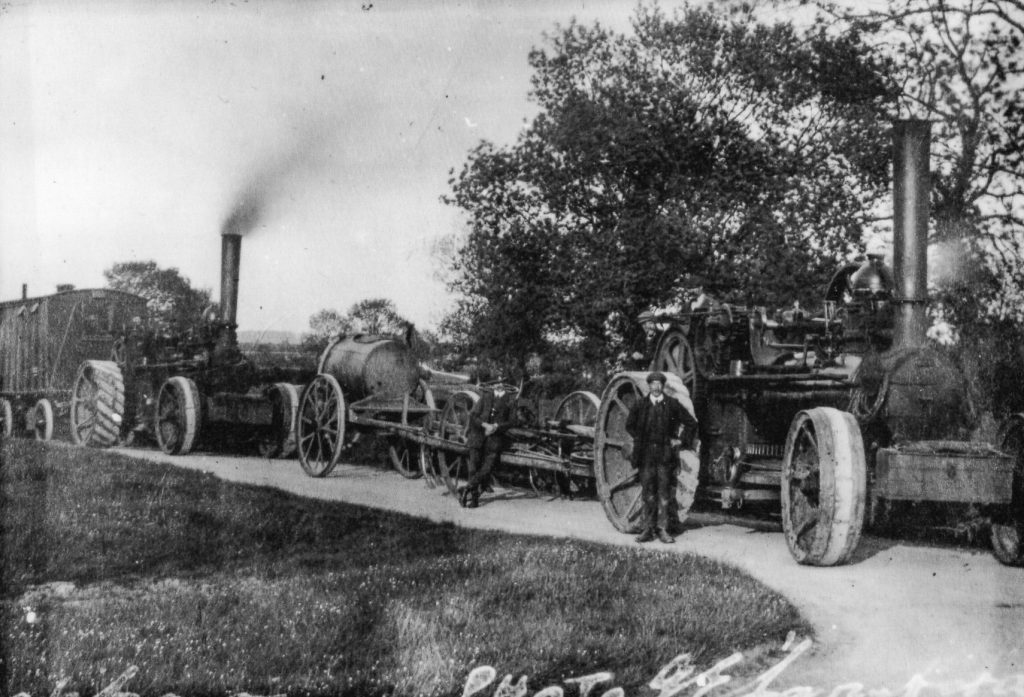
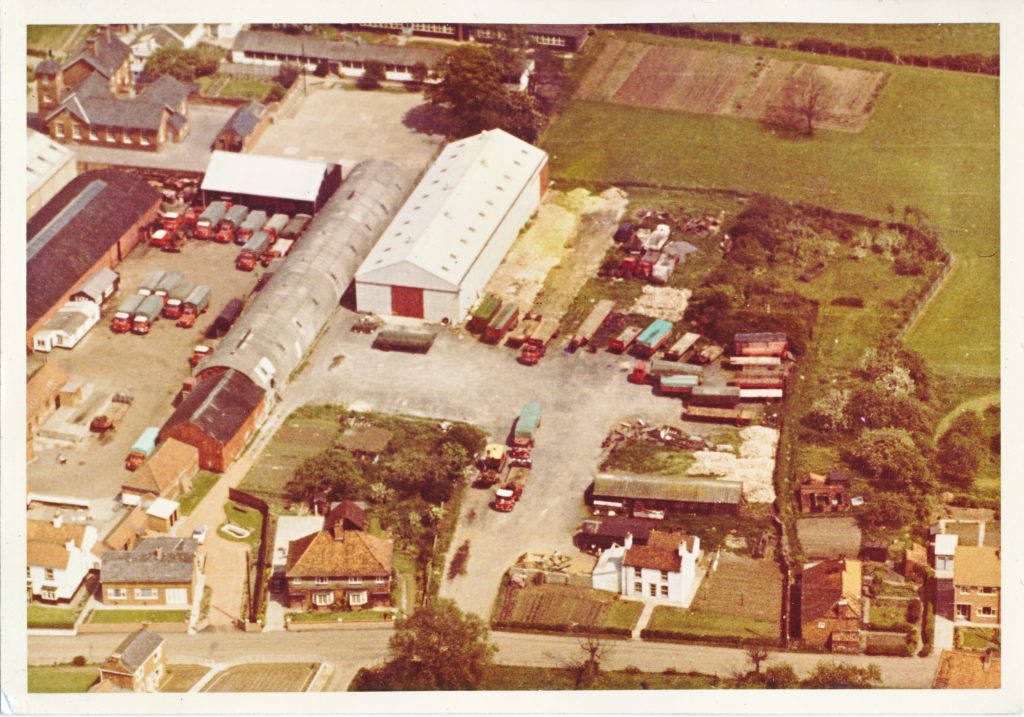
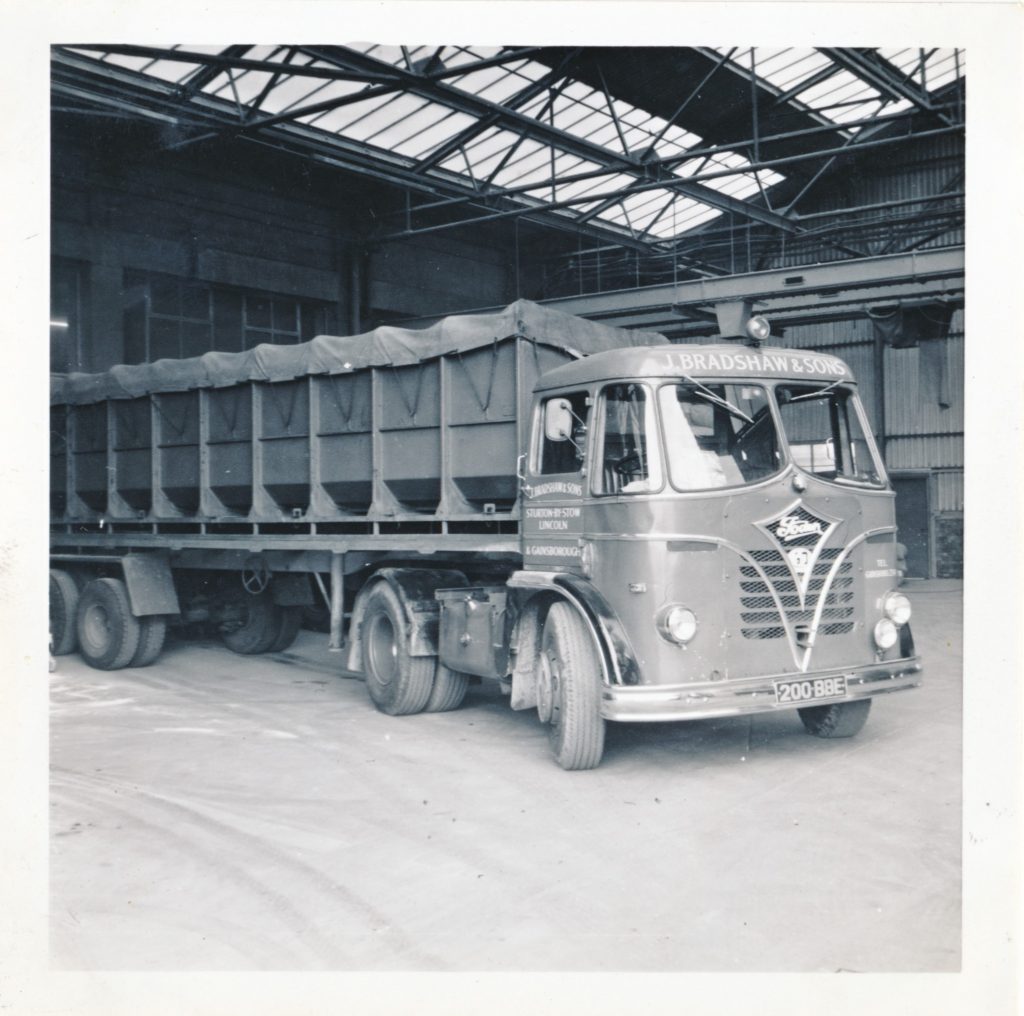
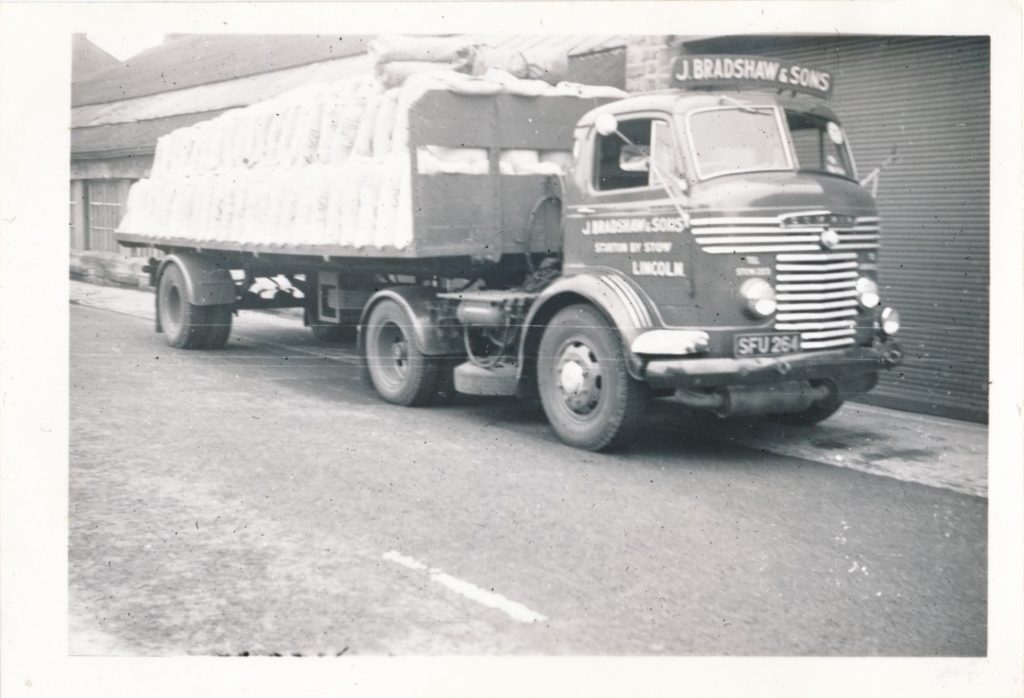
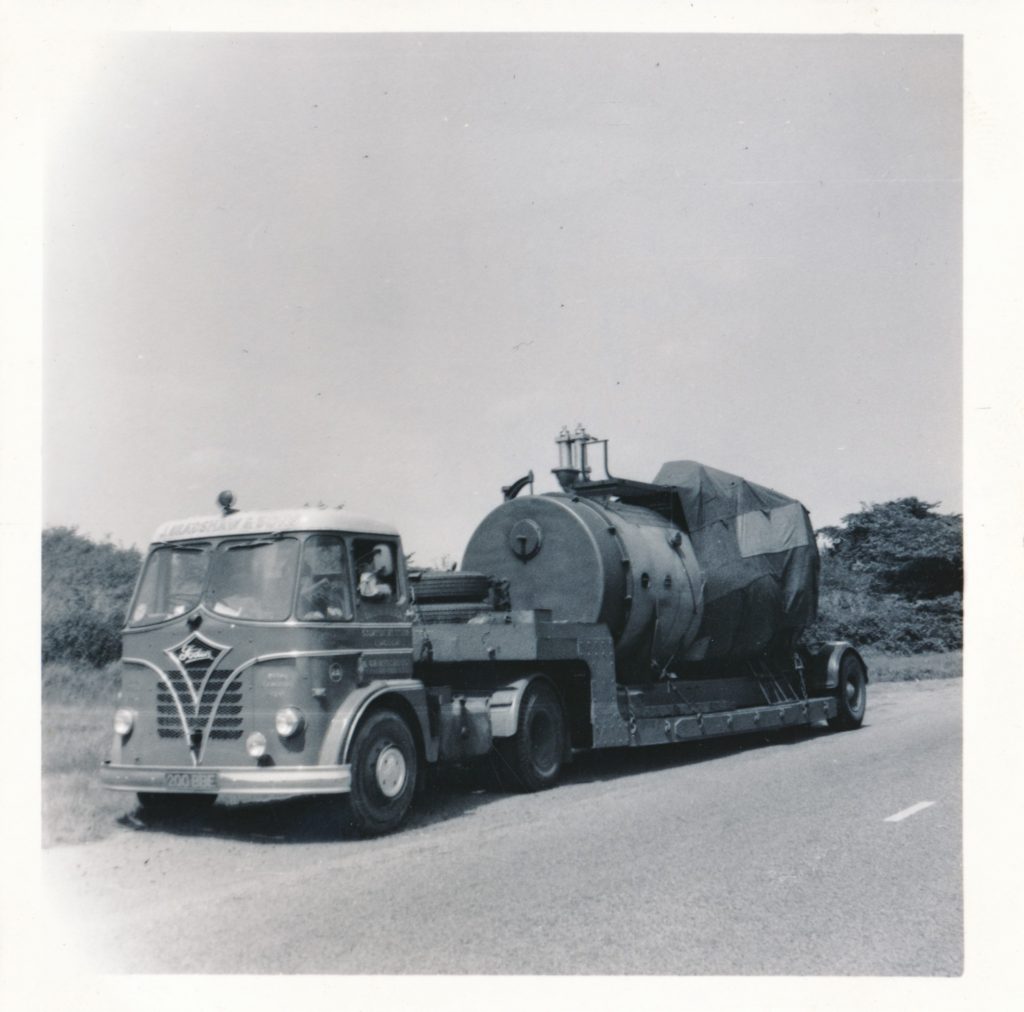
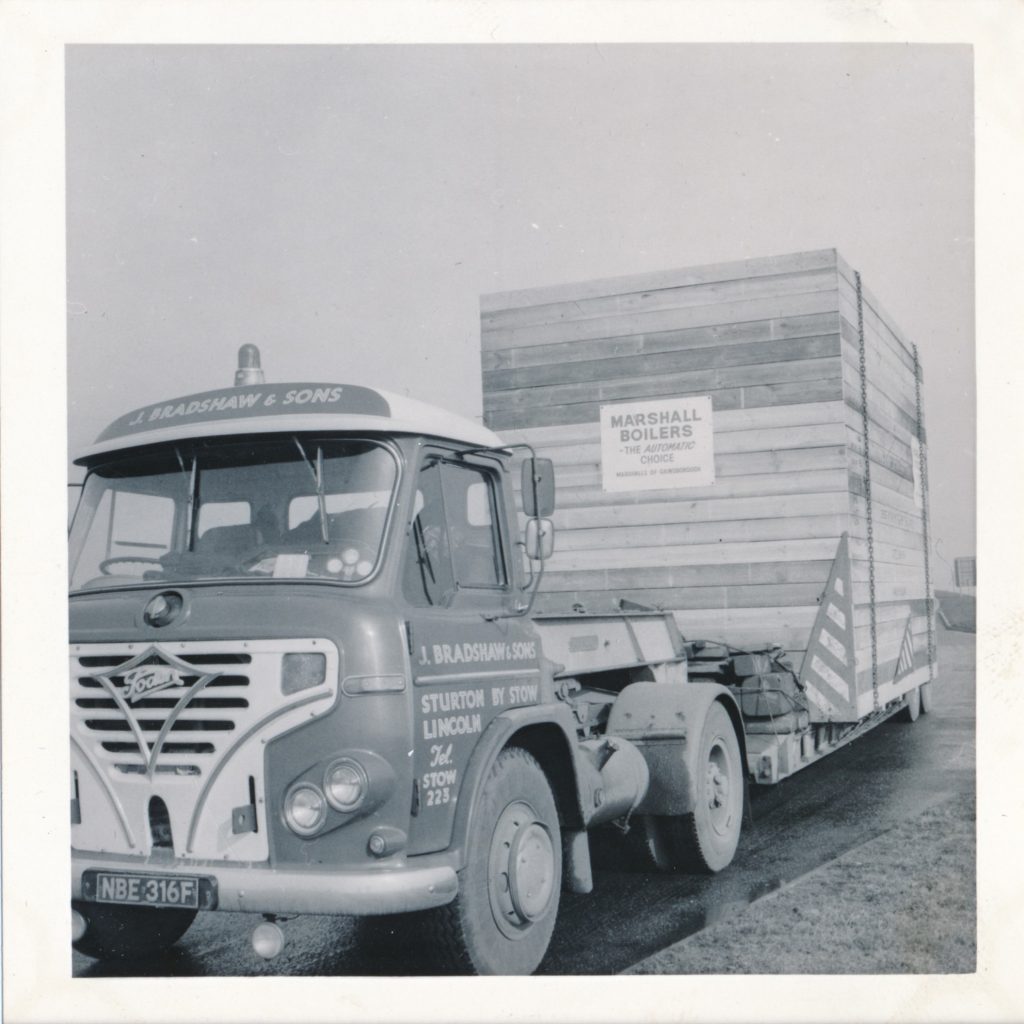
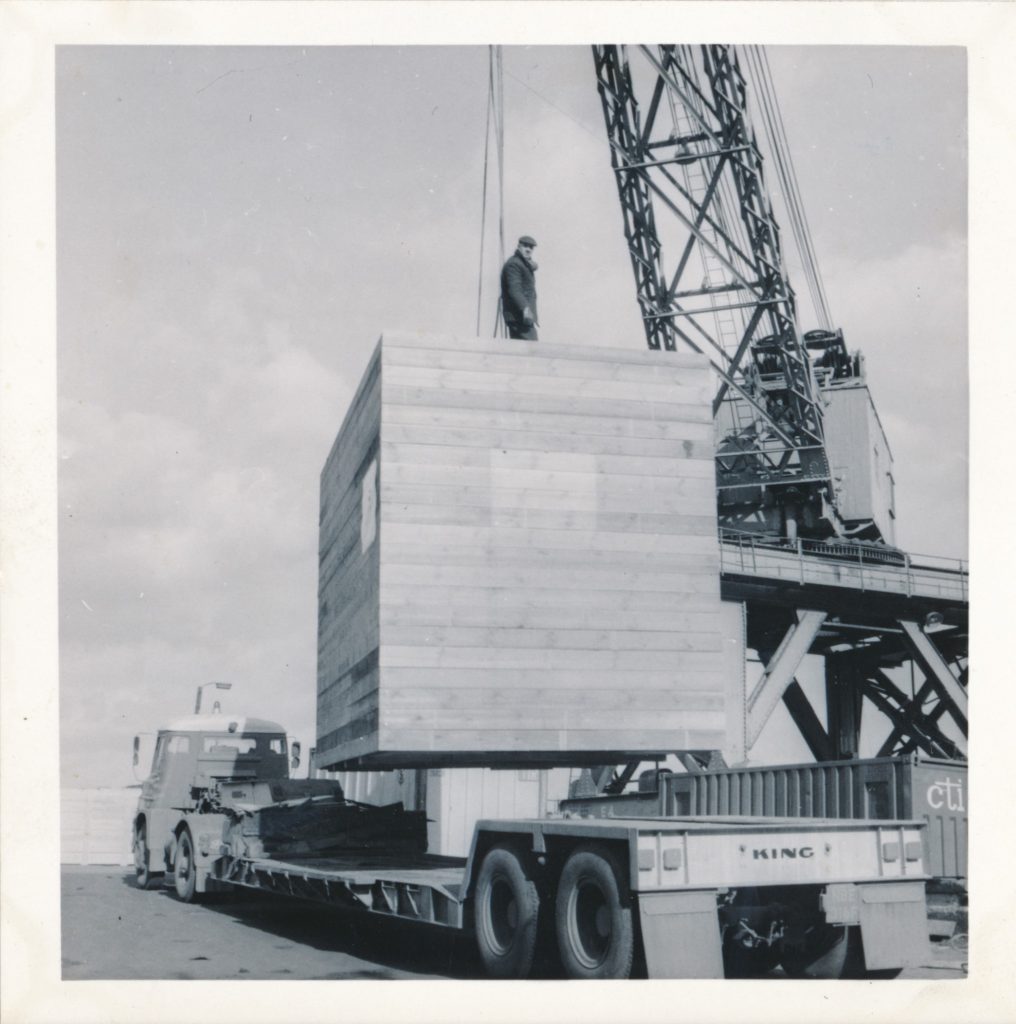
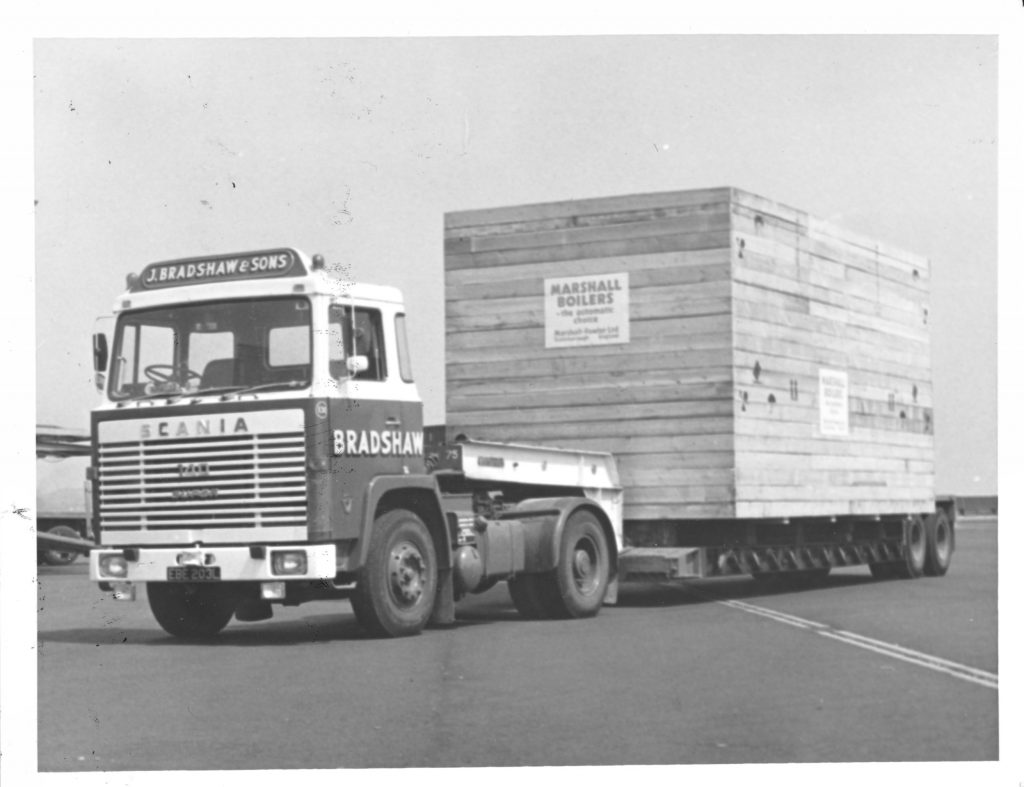
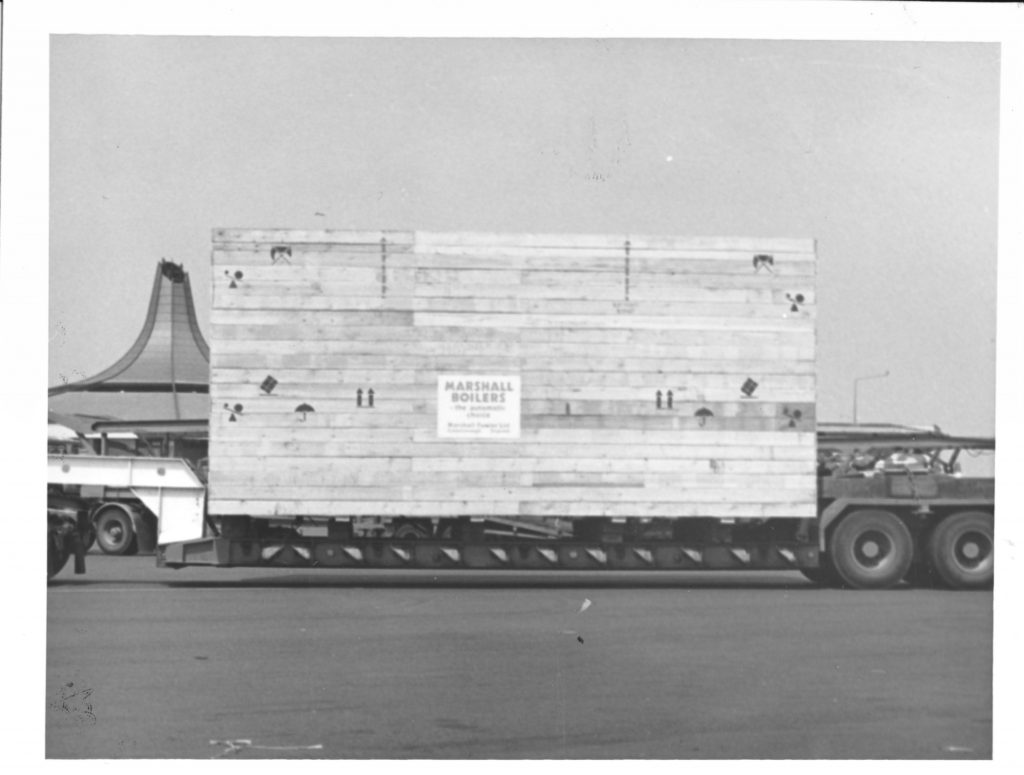
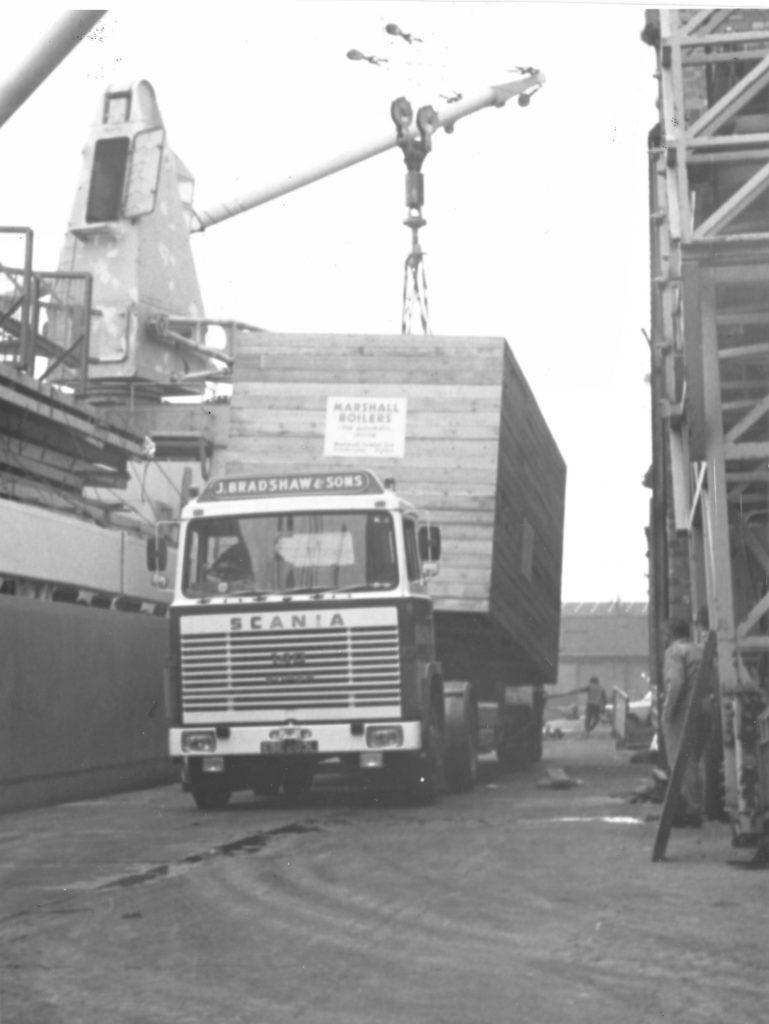
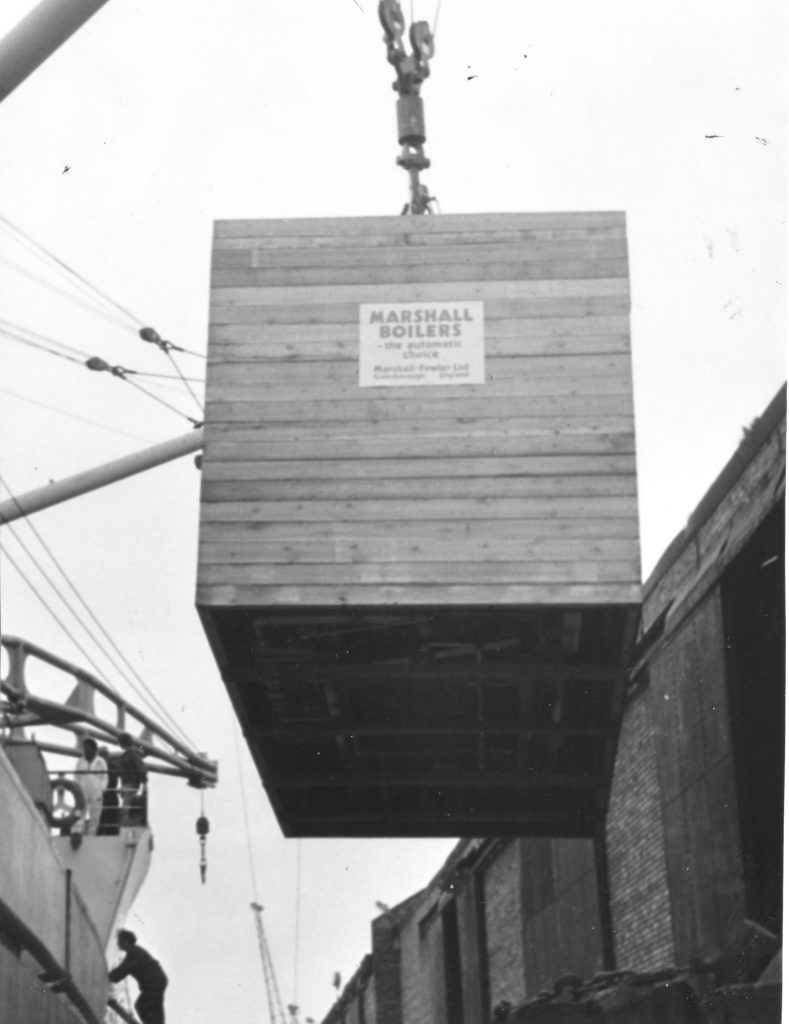
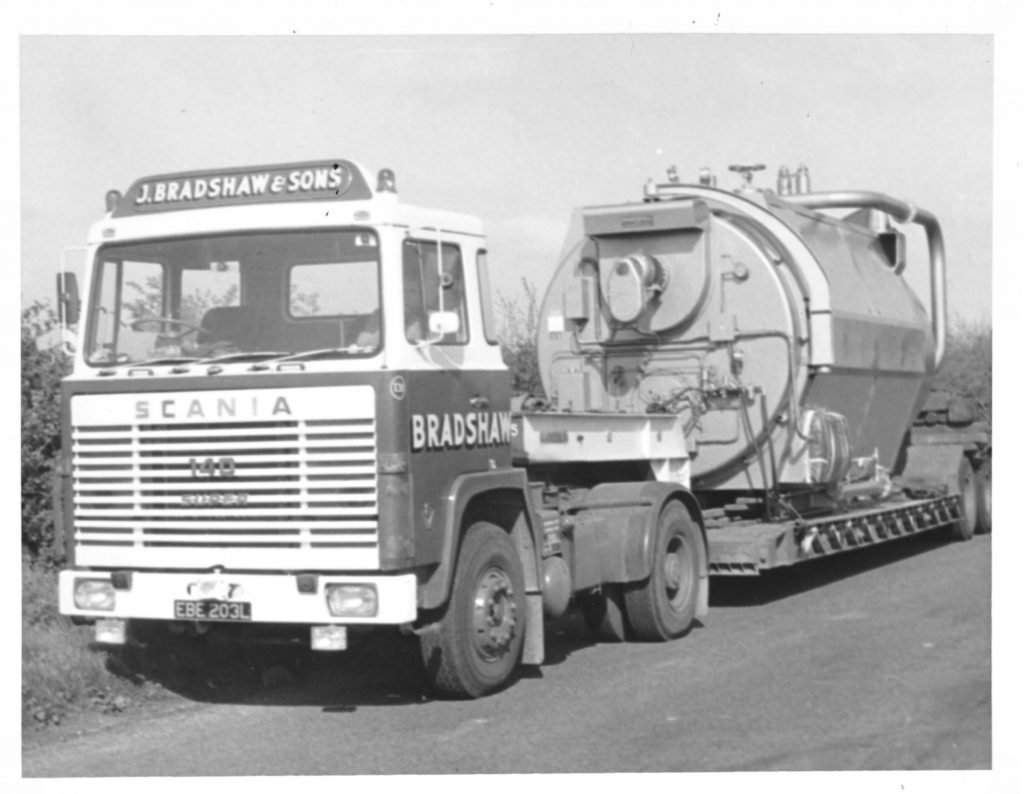
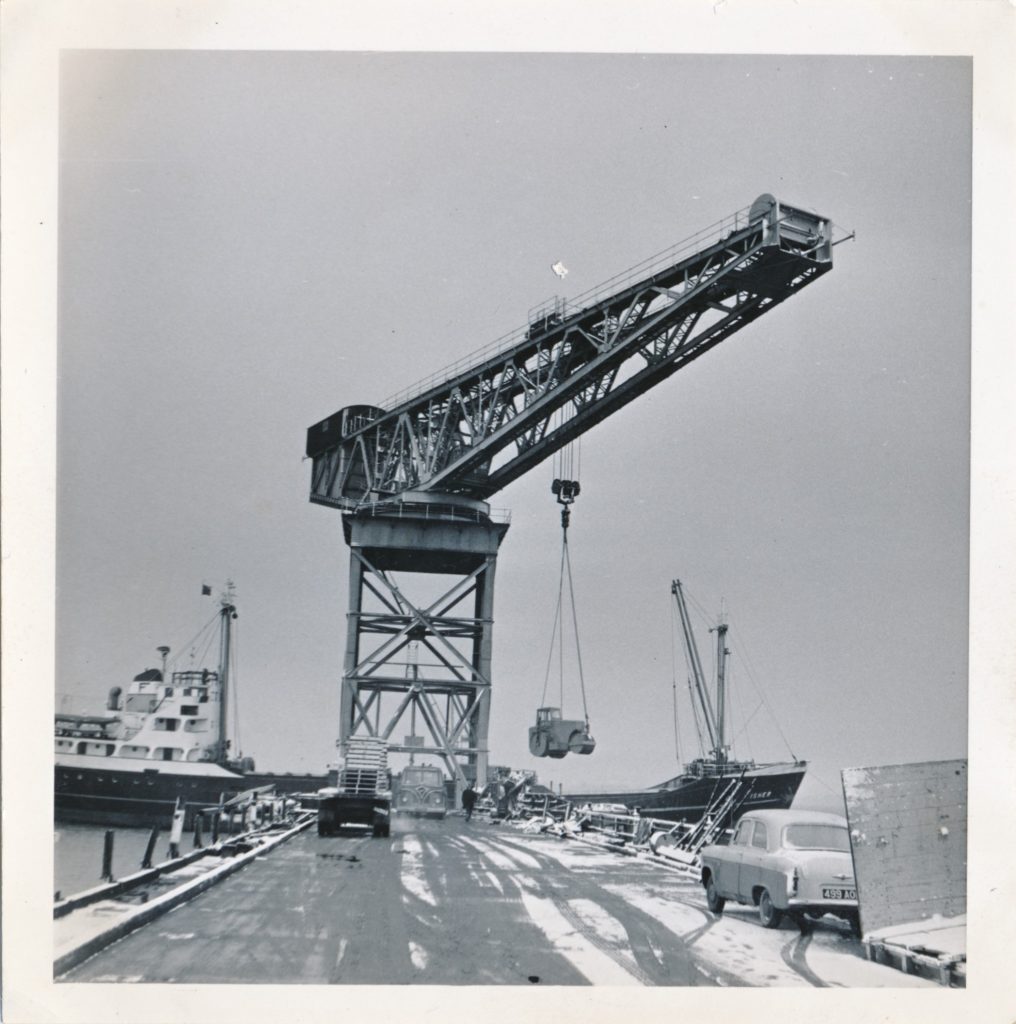
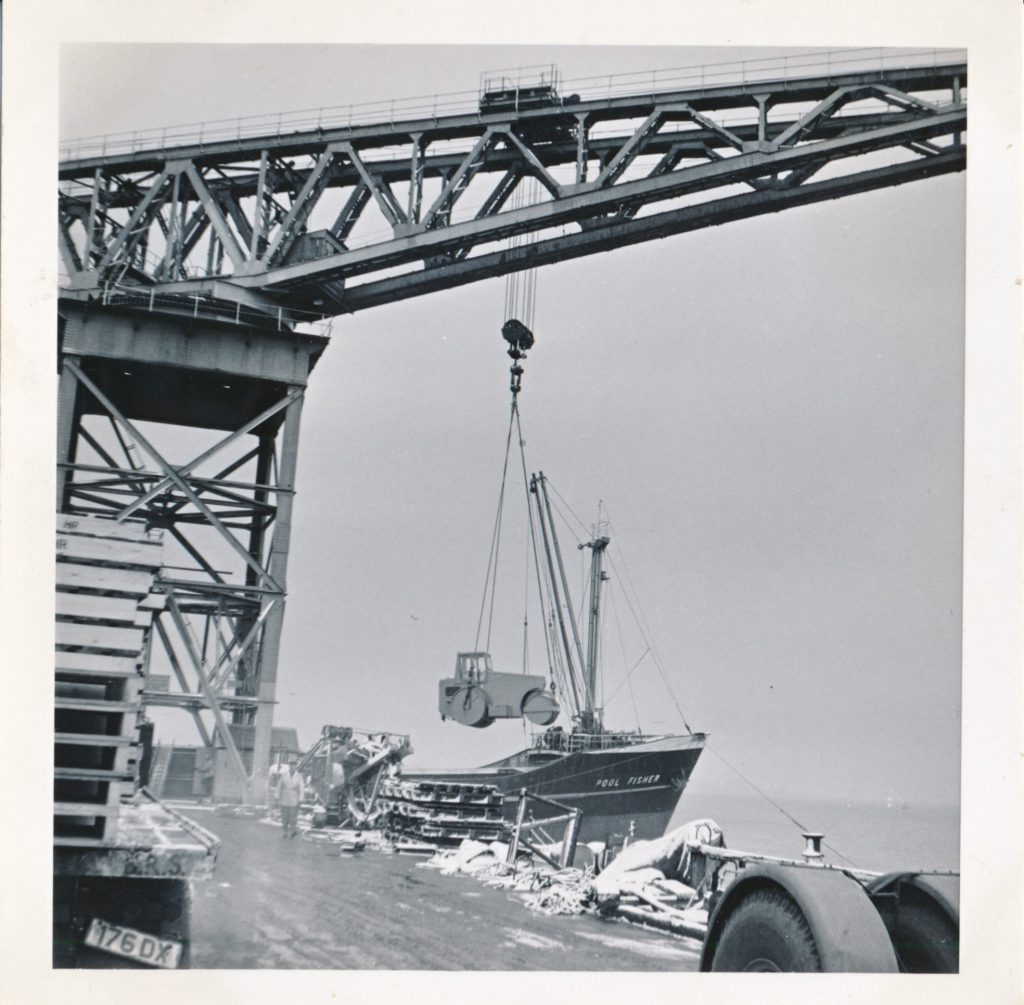
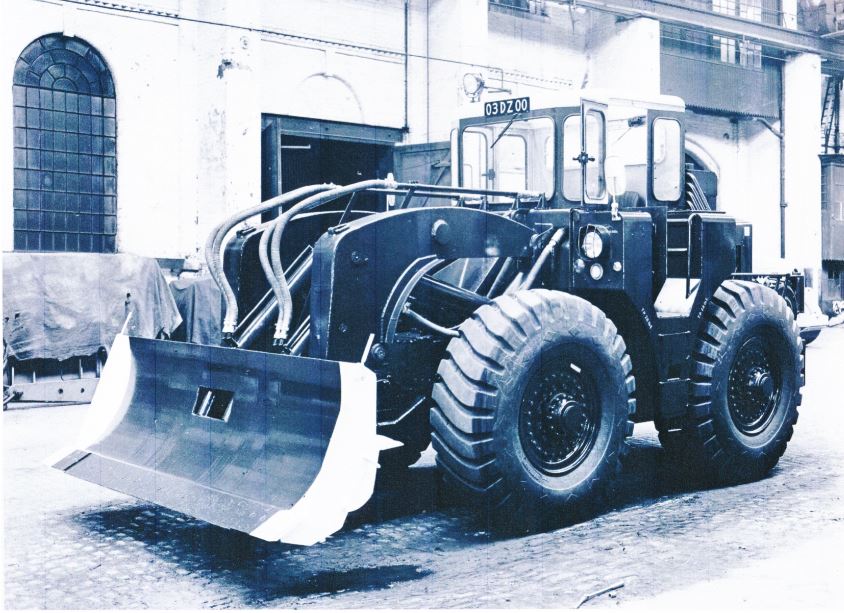
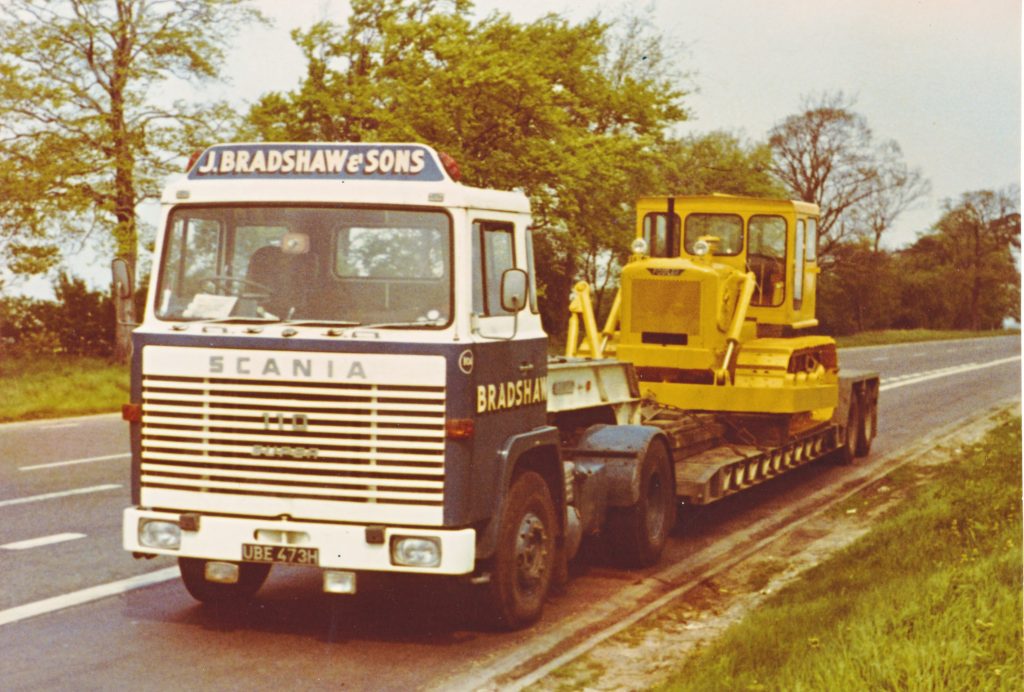
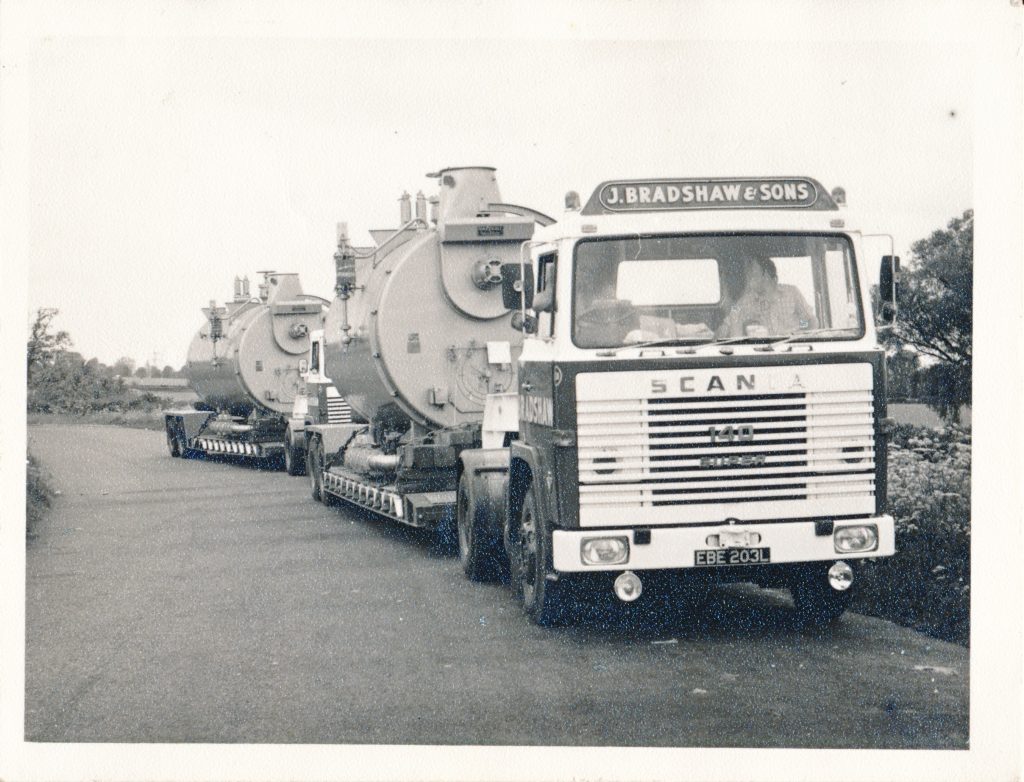
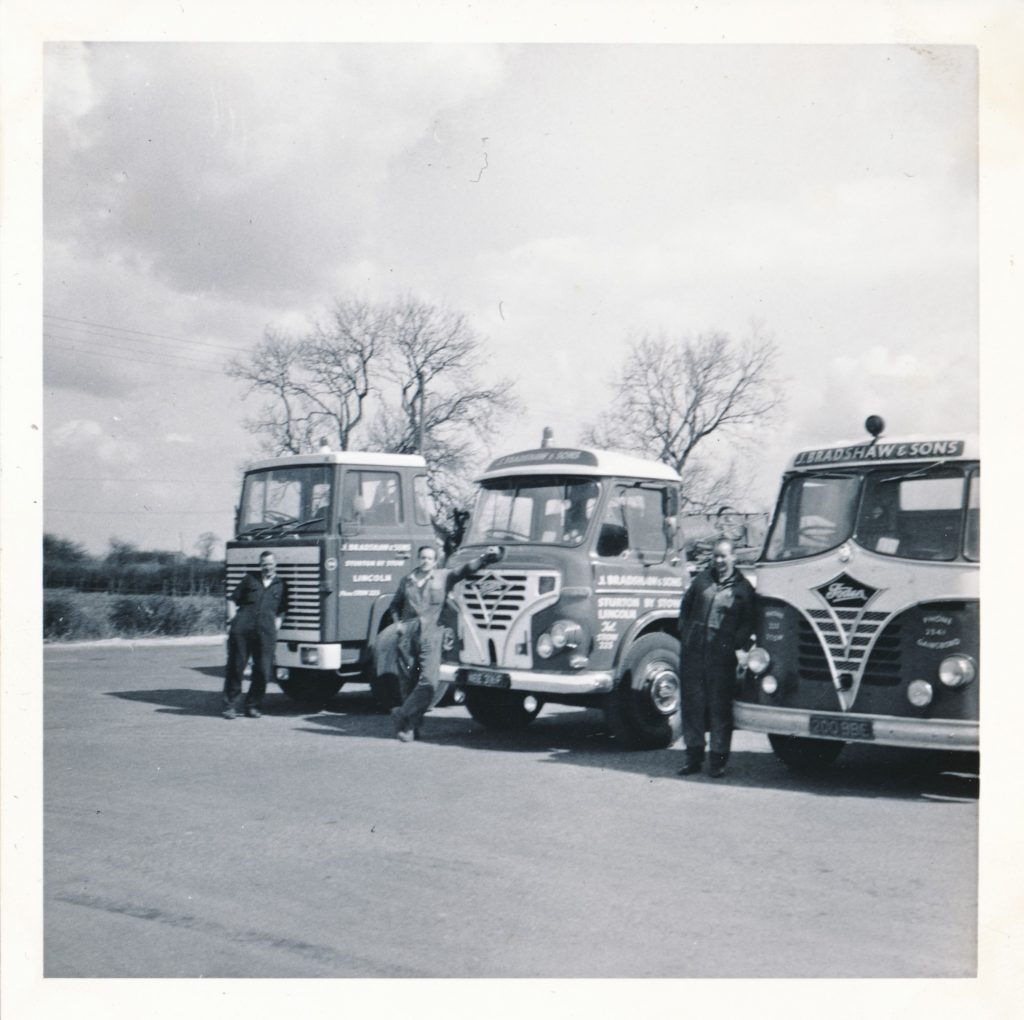
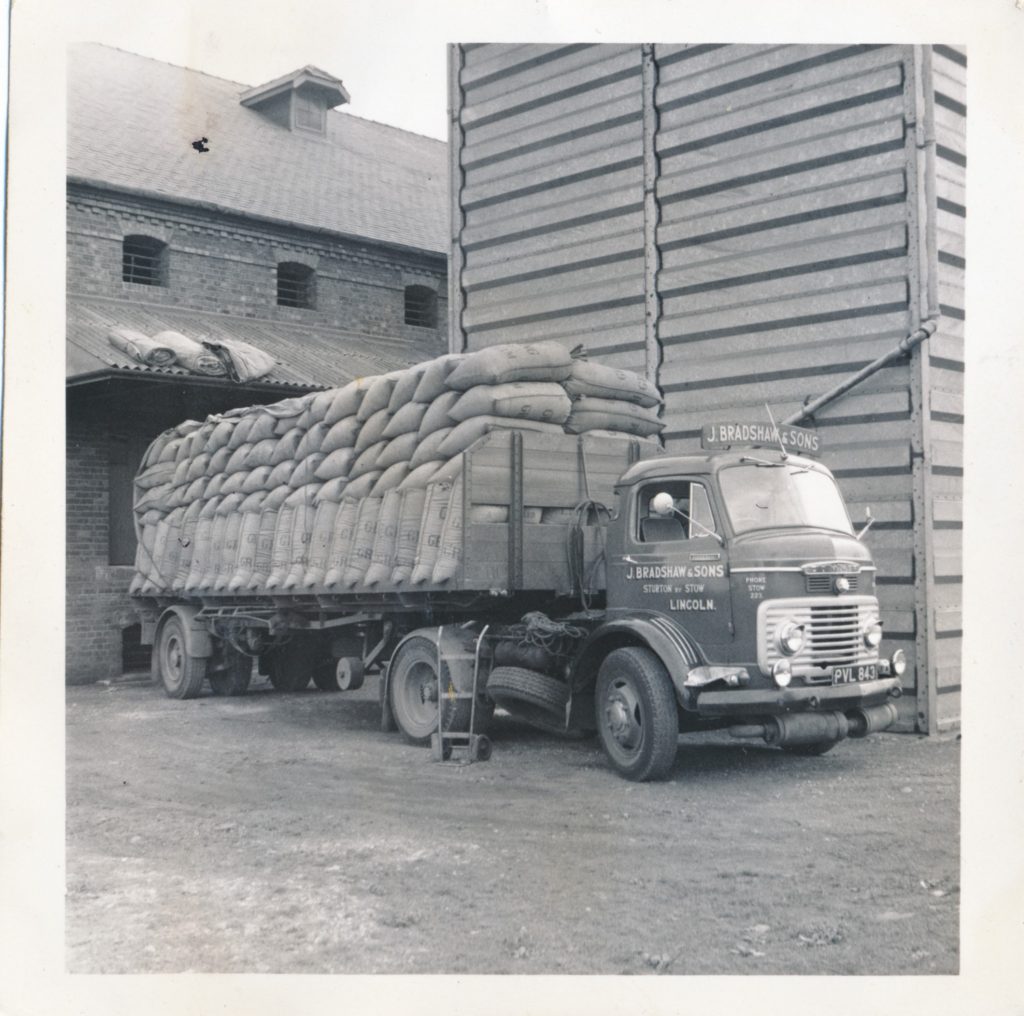
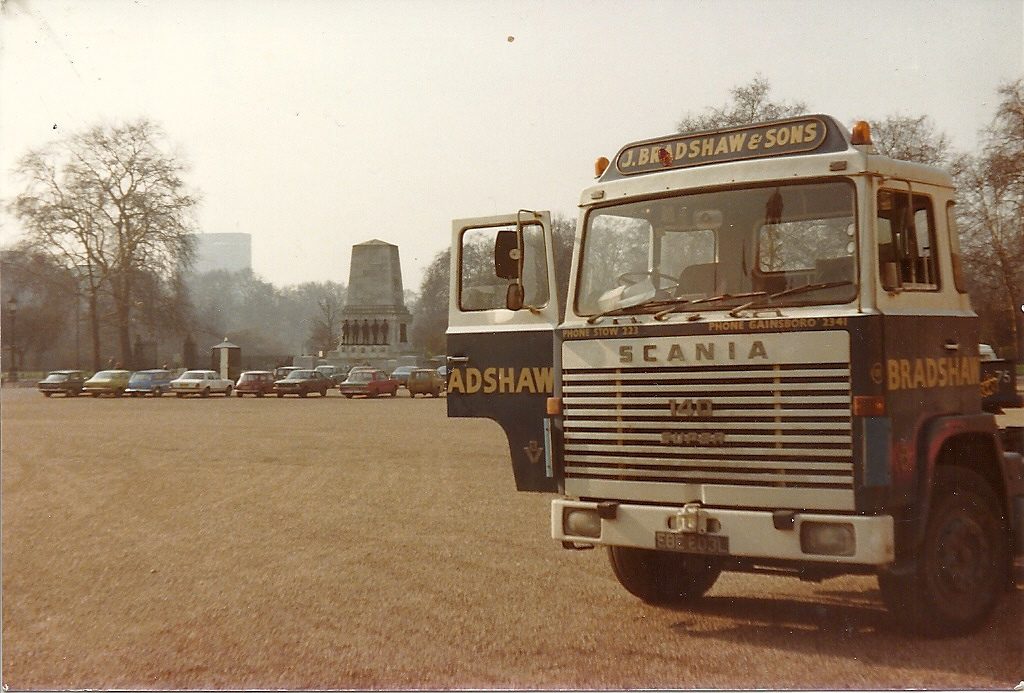

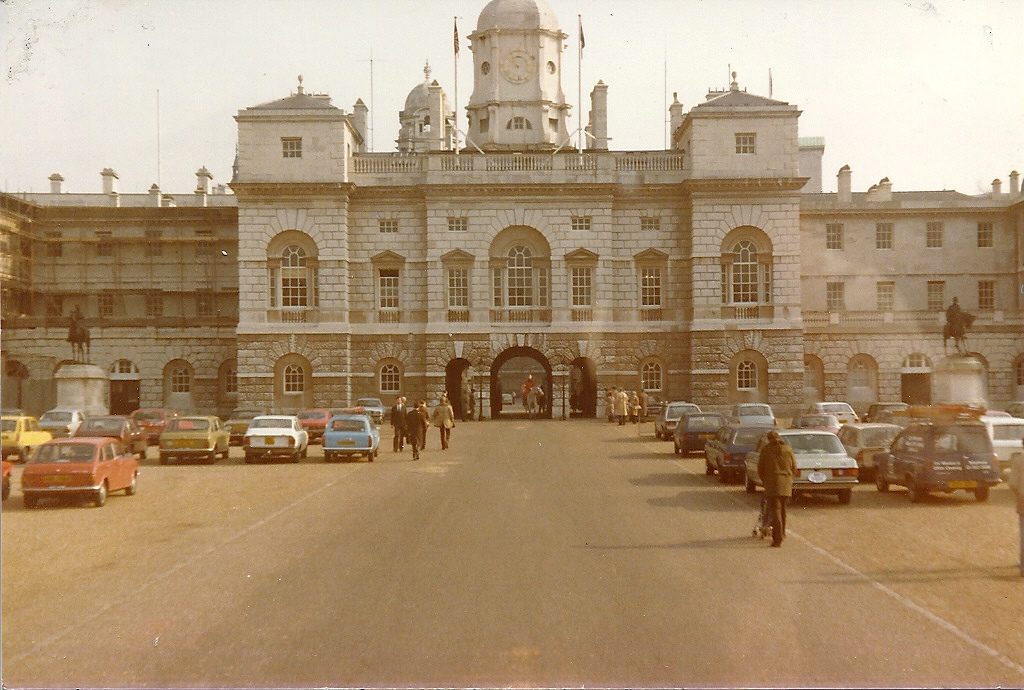
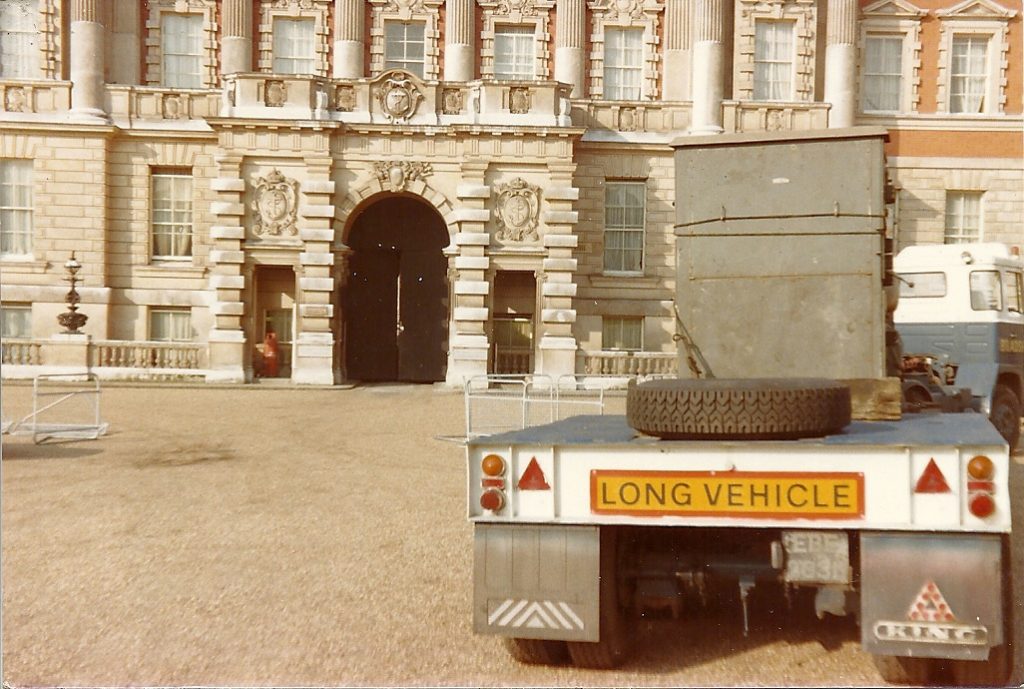


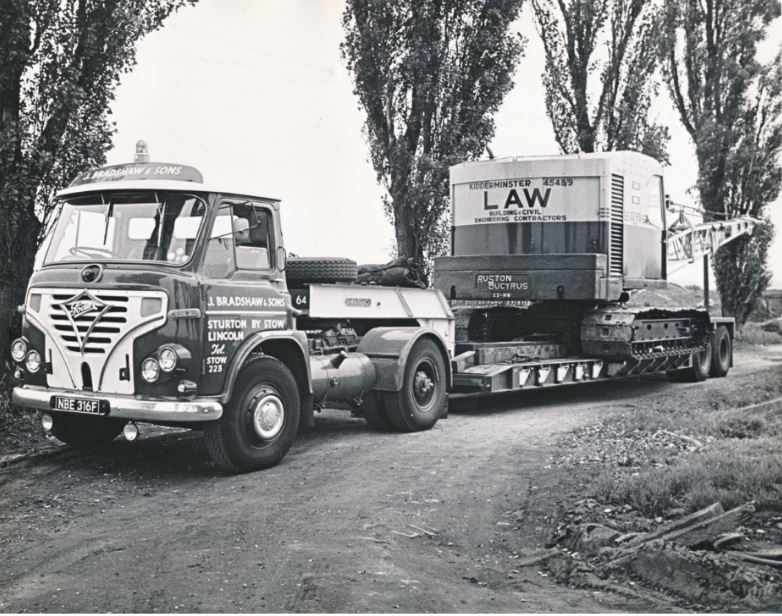
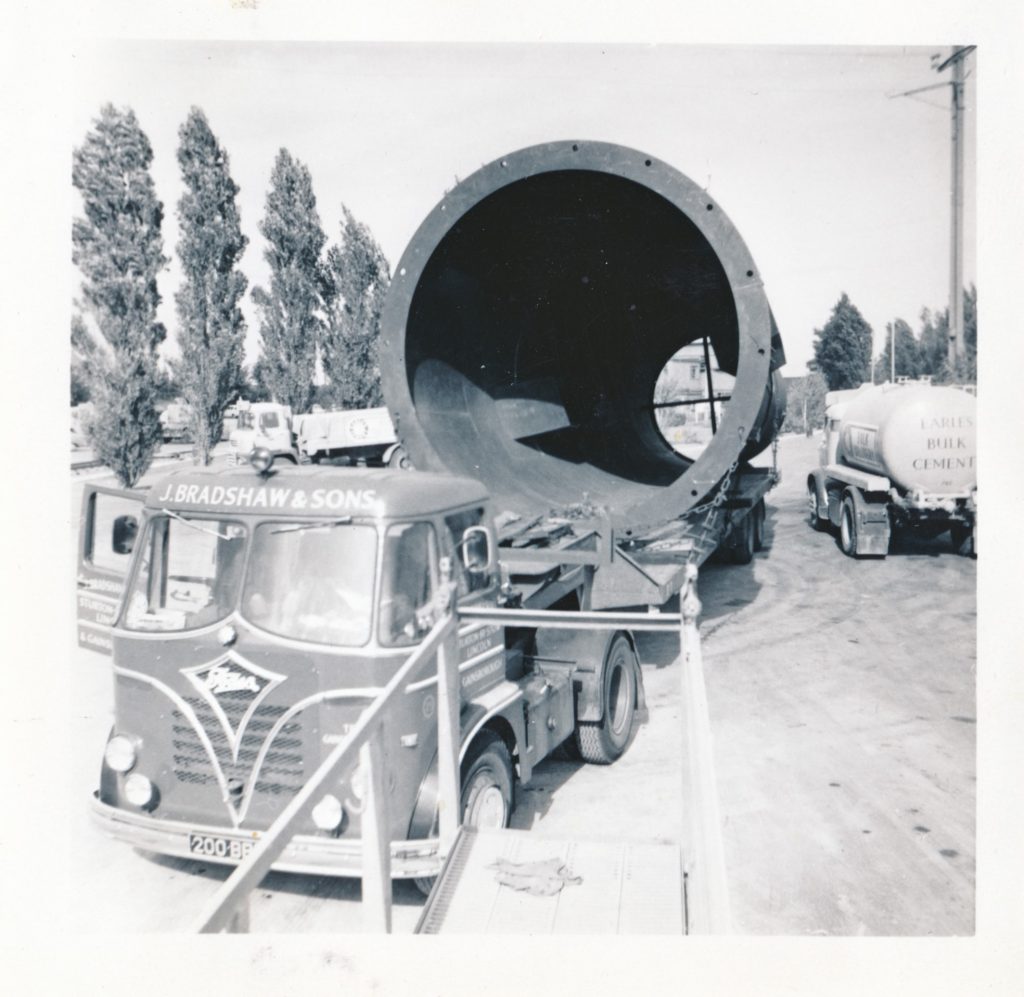
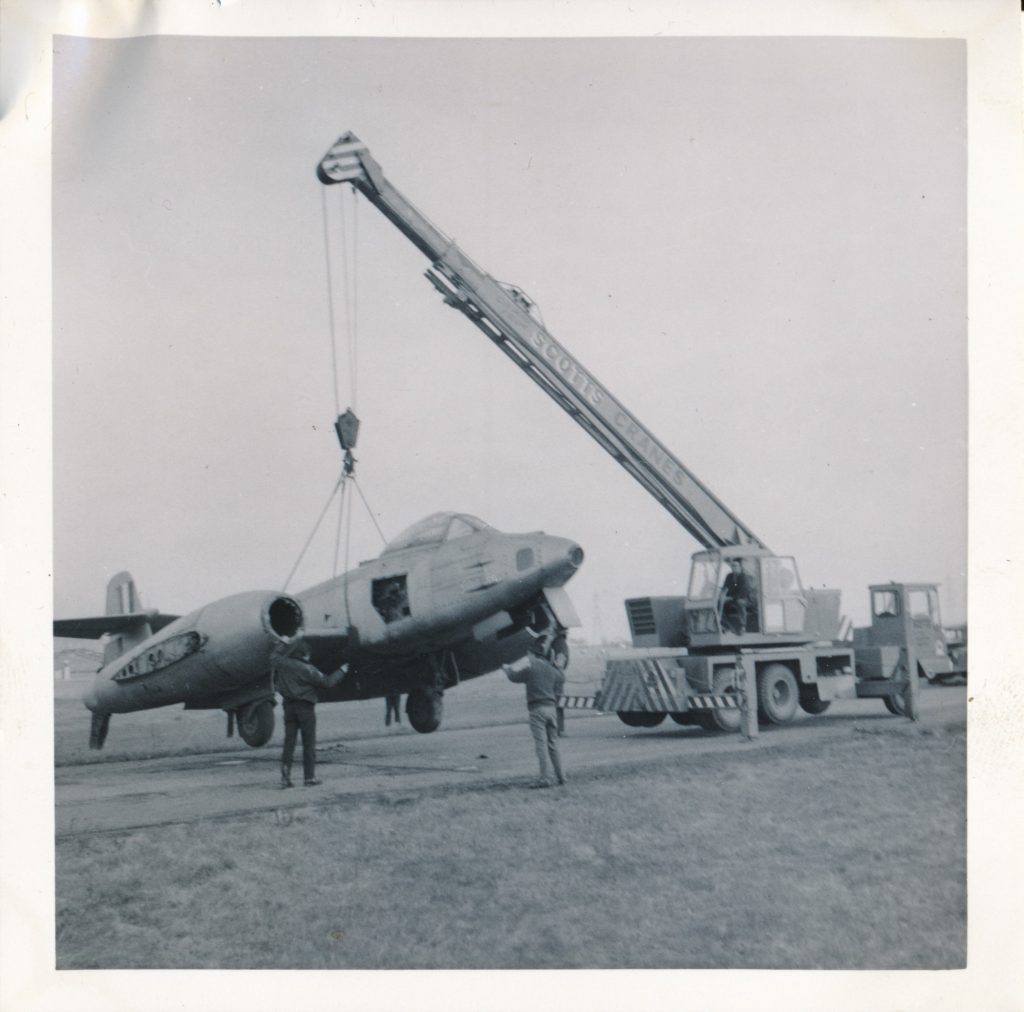
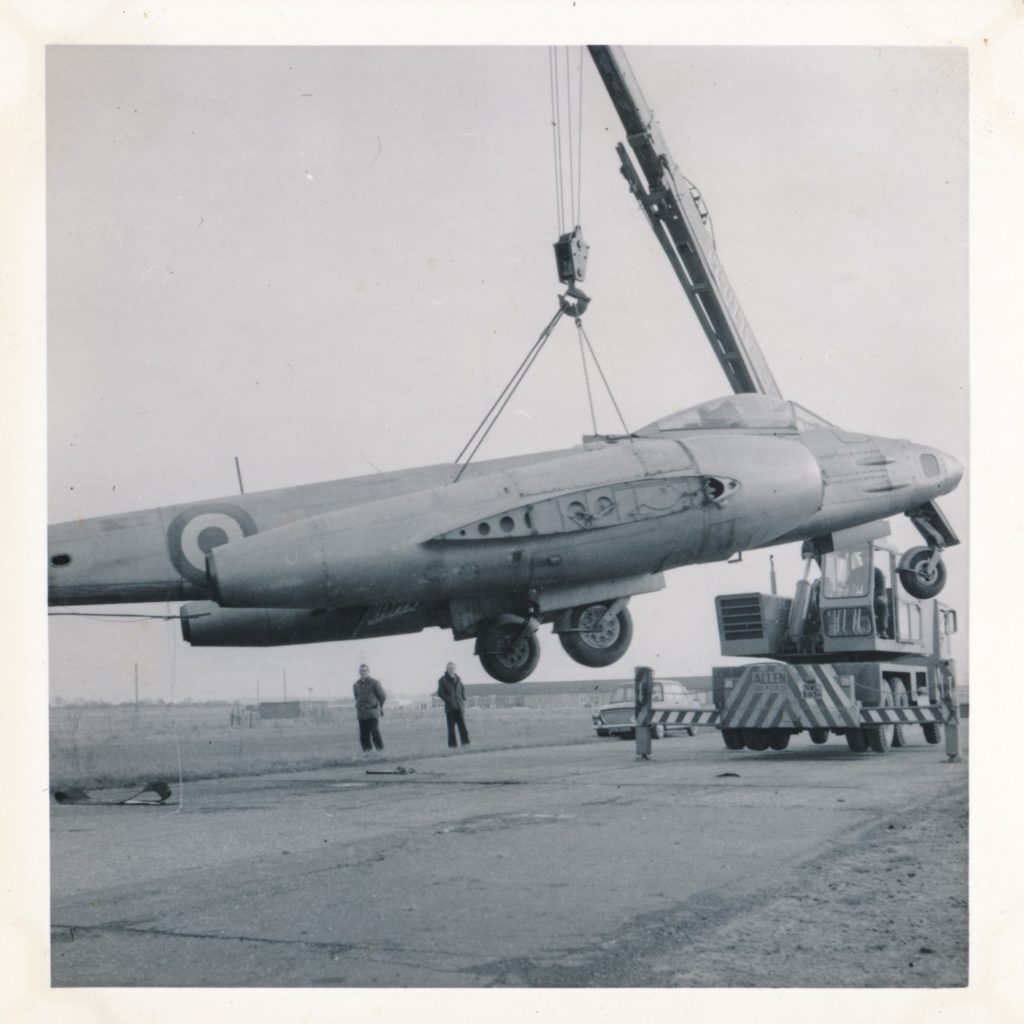
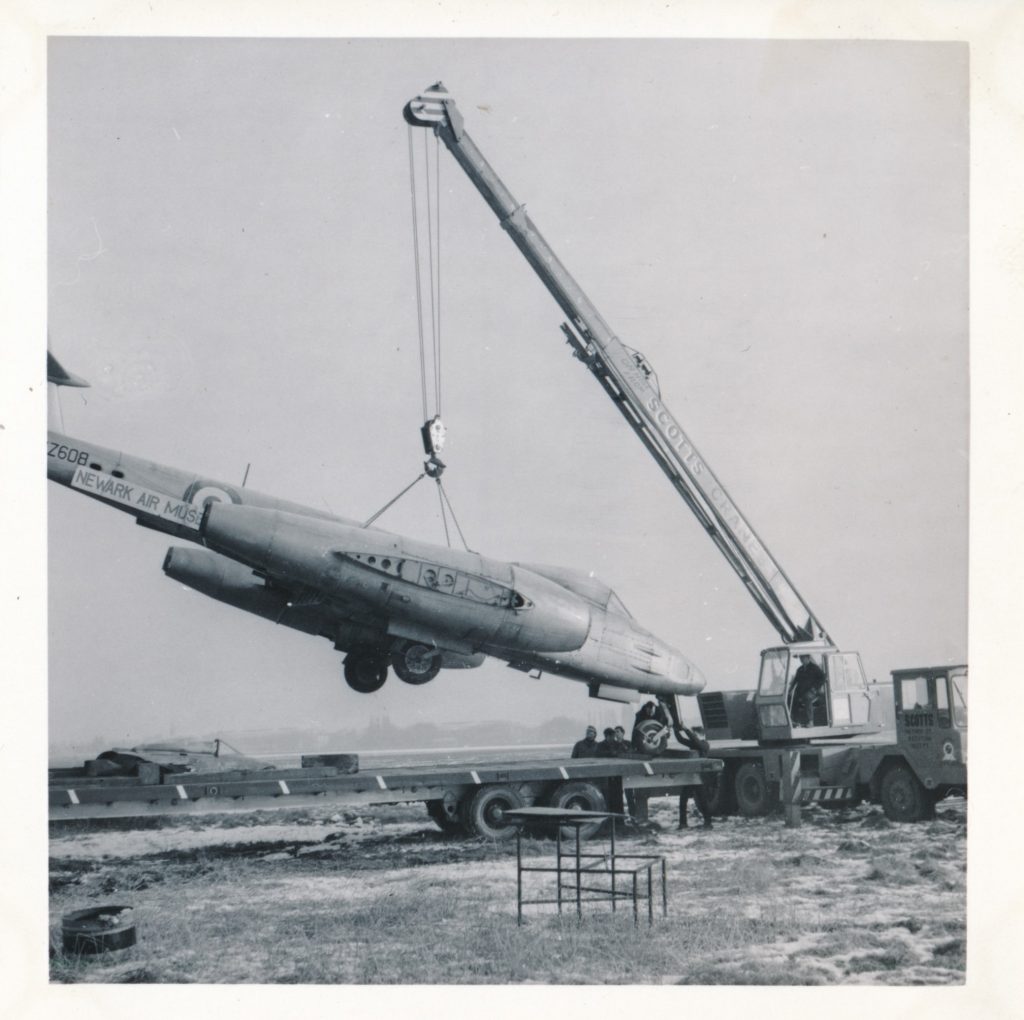
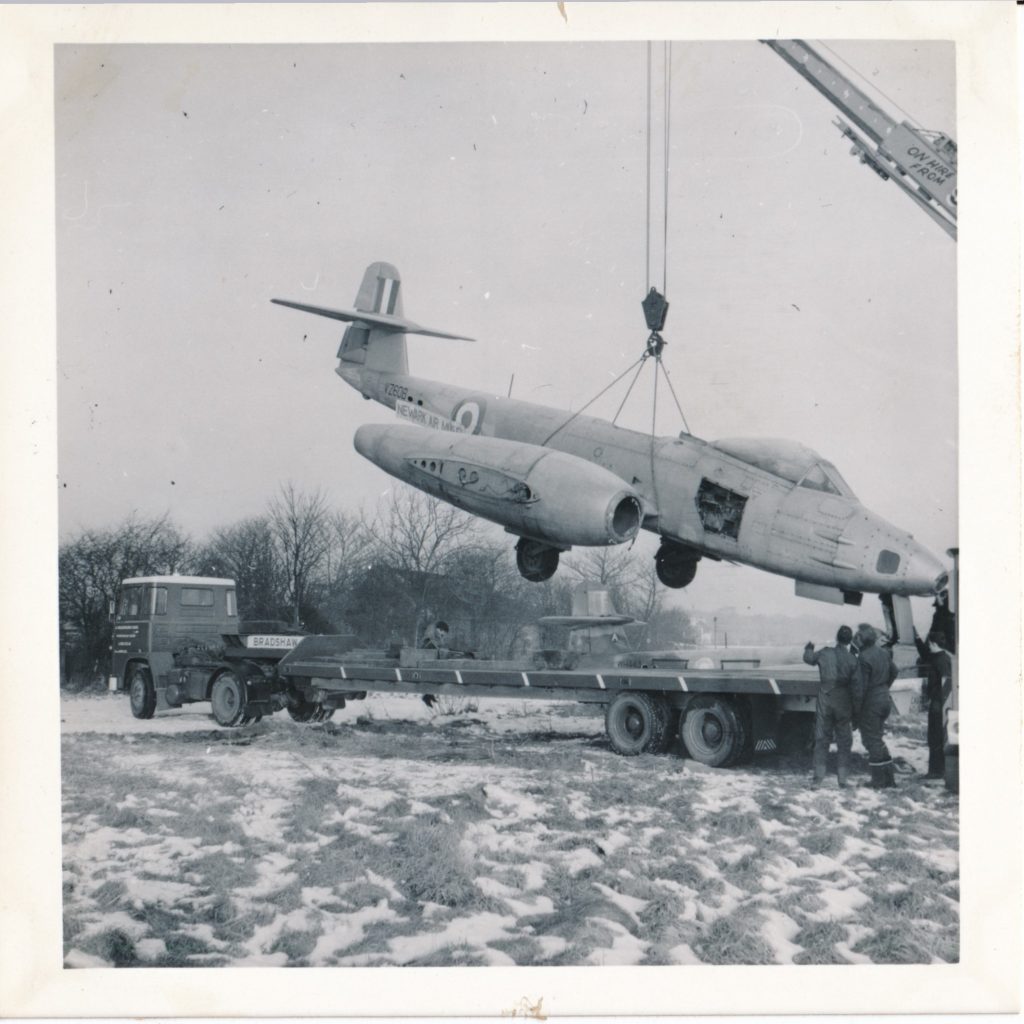
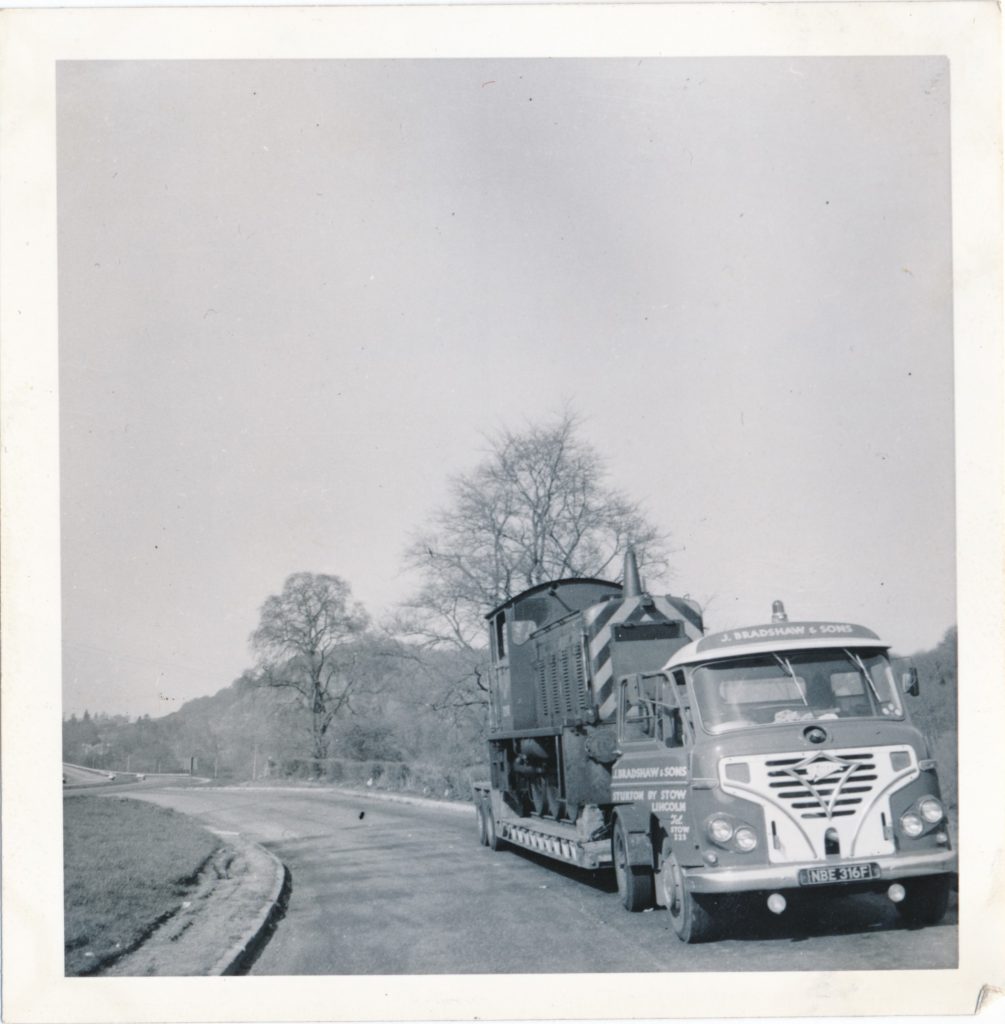
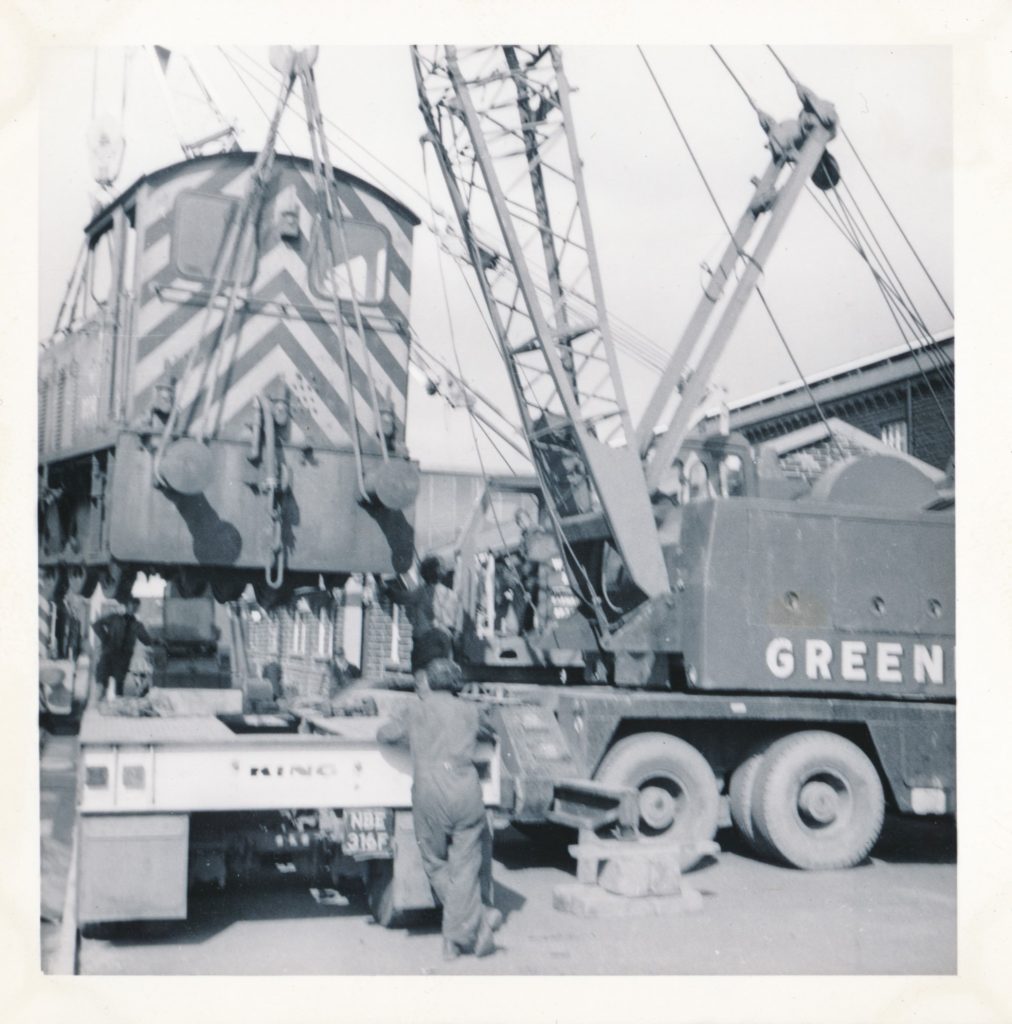
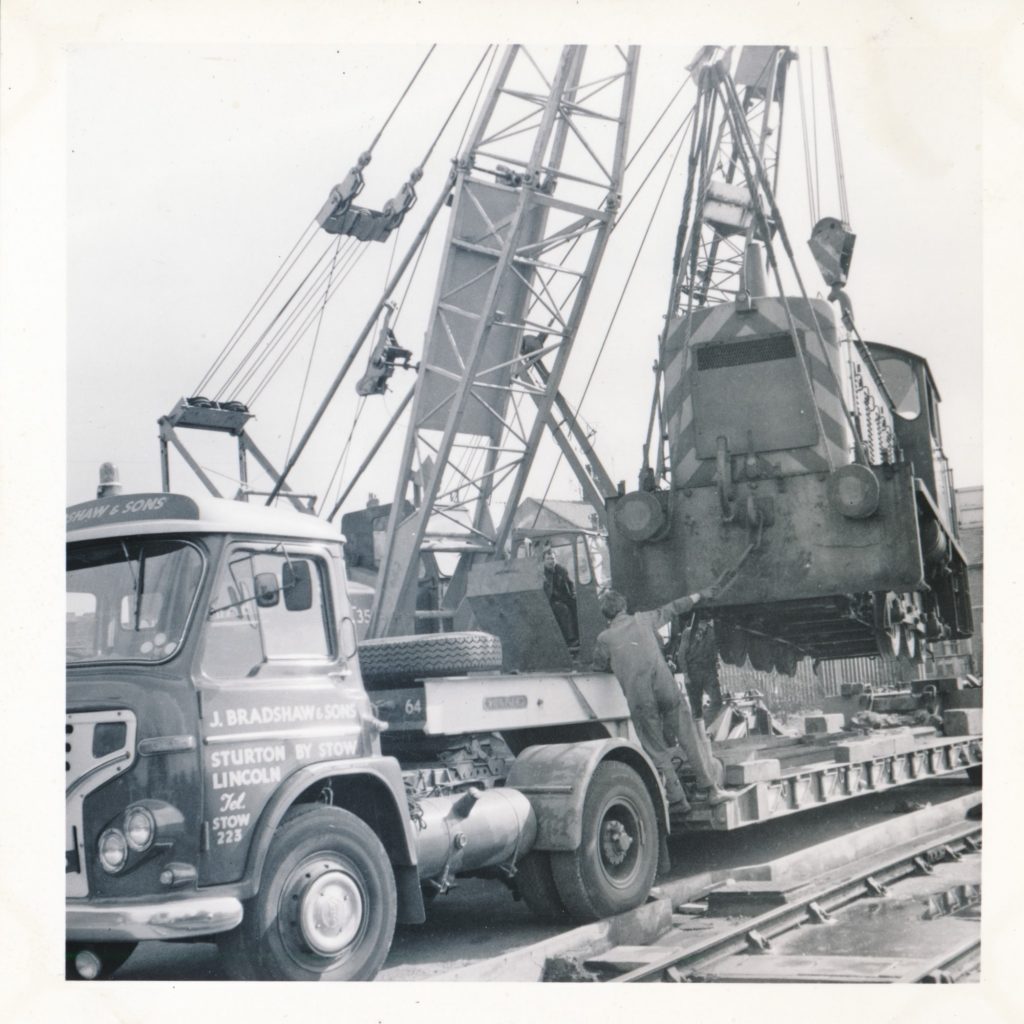
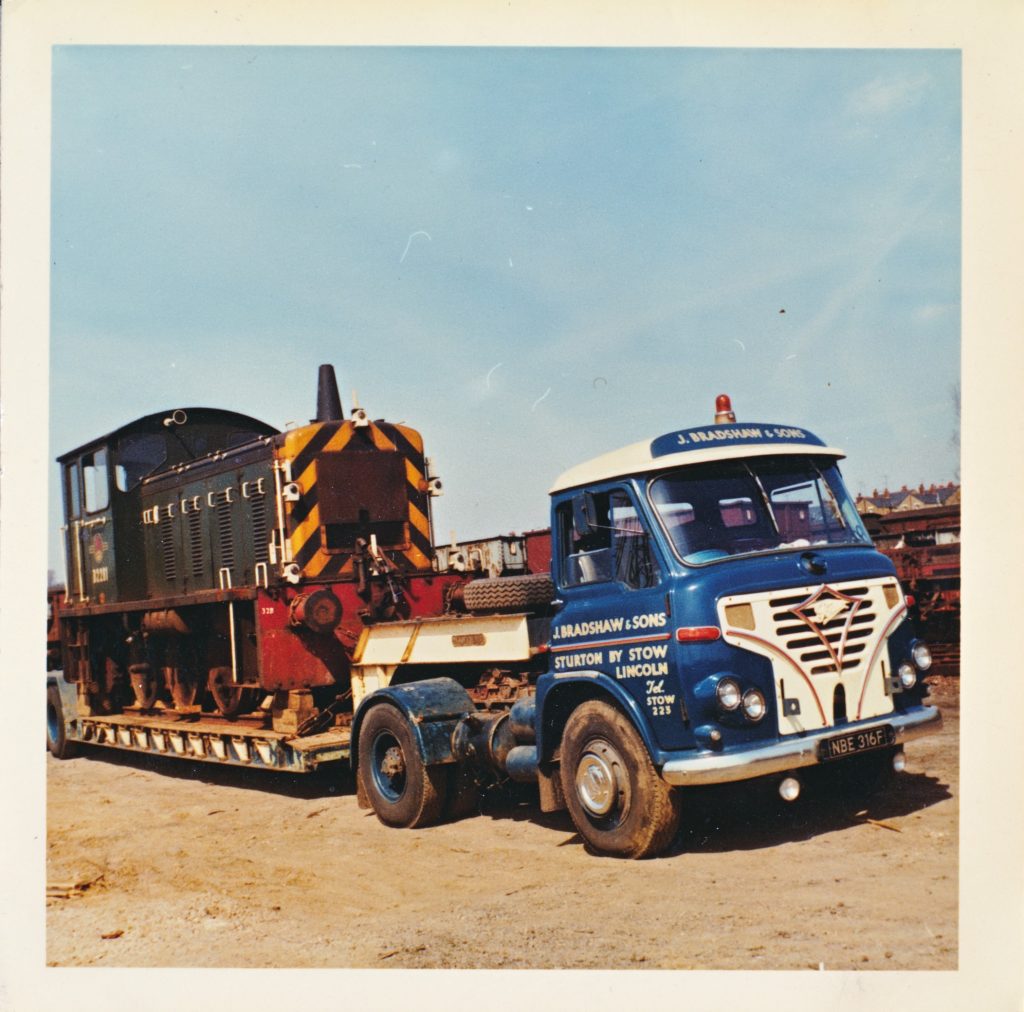
Comments(7)
John Cole says
11th July 2019 at 2:55 pmAmazing reading,and listening,as I can relate to most of it. I was Joe Ellerby.s low loader mate for a time,an absolute legend who taught me lots about the job.
Rosemary Speck says
30th March 2020 at 9:14 pmAs always, a brilliant history with a personal touch. Well done Gemma
Paul Frost says
1st April 2020 at 6:24 pmVery interesting read. I knew some of their driver’s through my Dad, he was a lorry driver for J Kime & Son on the Barkers & Lee Smith contract then eventually Pauls. Bradshaw’s used to have a bulk blower on contract for Pauls at Lincoln it was driven by Norman Birkitt.
Marilyn Train neè Lacey says
2nd April 2020 at 9:44 pmMy Dad used to drive for Bradshaws, until he and my family moved down to Devon, I think in 1960. He told me his 1st job was as drivers mate on a steam lorry, I don’t who for, though I do know he worked for RH Wild in early days as drivers mate, then as fully qualified driver. He was called up for the Army during WWII and returned to RH Wild. BRS took over on Nationalisation, then, as said Bradshaws took over when it was returned to private operation. Albert Tasker and George Musson were his mates , the 3 of them were great friends. Doug Cowley joined them, I recall he was a younger man. Dad was proud that he had the 1st of the big flat faced ?Seddon? lorries. It was used for large loads, like the huge boilers from Marshalls, which Dad used to collect and deliver to wherever. I have some photo’s, can’t get them out at present, will put them on when I can.
david dickinson says
28th December 2020 at 3:56 pmits all absolutely amazing. my grandad was sid crust and drove for bradshaws for many years lots of these names are reconisable as can rememeber grandad talking about his workmates. i can remember roy very well and phyliss bradhaw too spent a lot of time in sturton when i was a child.
Dave Dickinson says
9th December 2021 at 2:17 pmHi I would love to find out more about grandad Sid crust,my uncle Alan crust who lived in the bungalow on site,grandad lived at fleets road where my mum’s side of the family all grew up and uncle John crust has lived in sturton all his life, if you have any pictures of my best mate please would you send me them kind regards.
Andrew Birkitt says
10th January 2022 at 9:19 amHi David, your best bet here would be to email the research team on [email protected]
Recent posts
Events